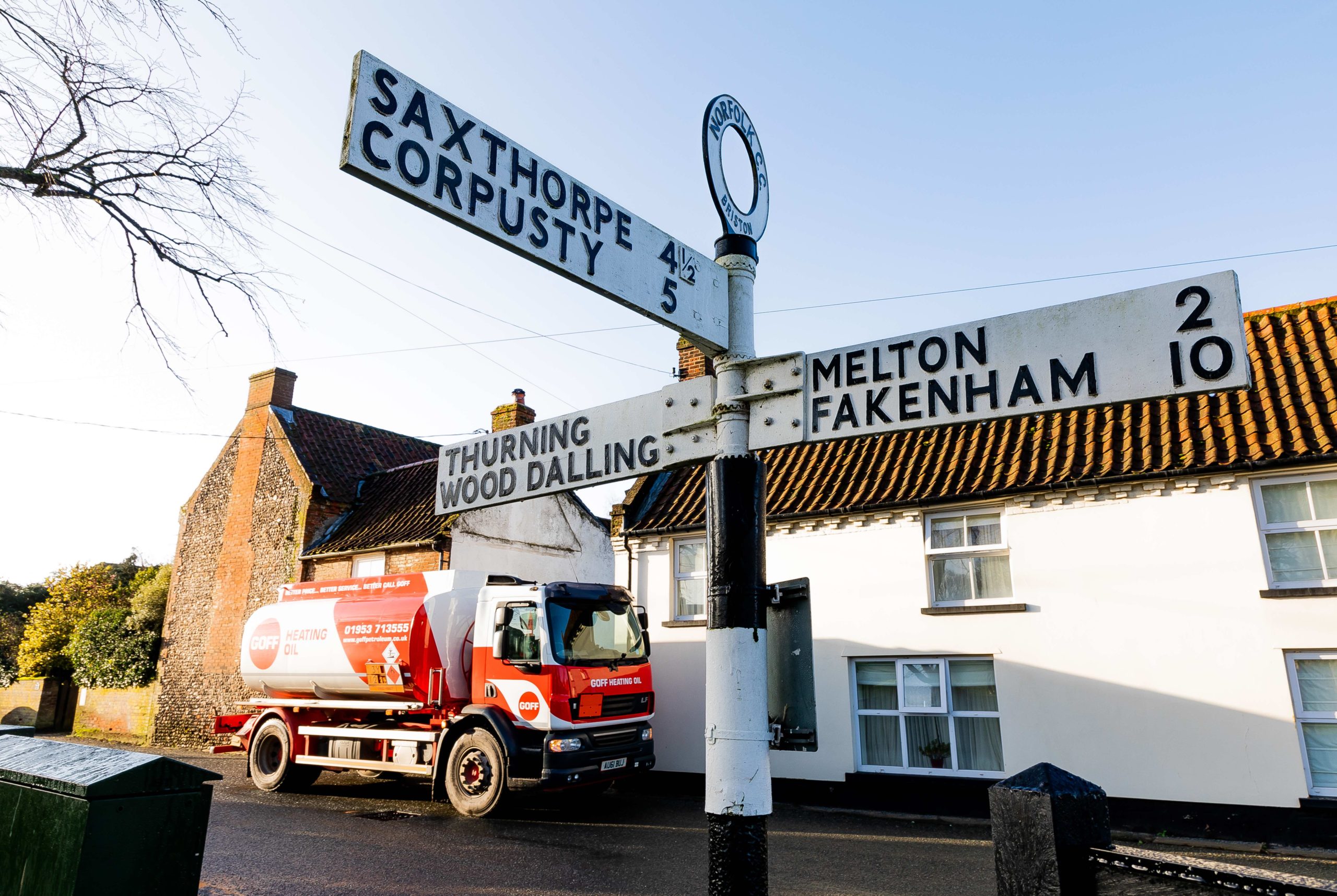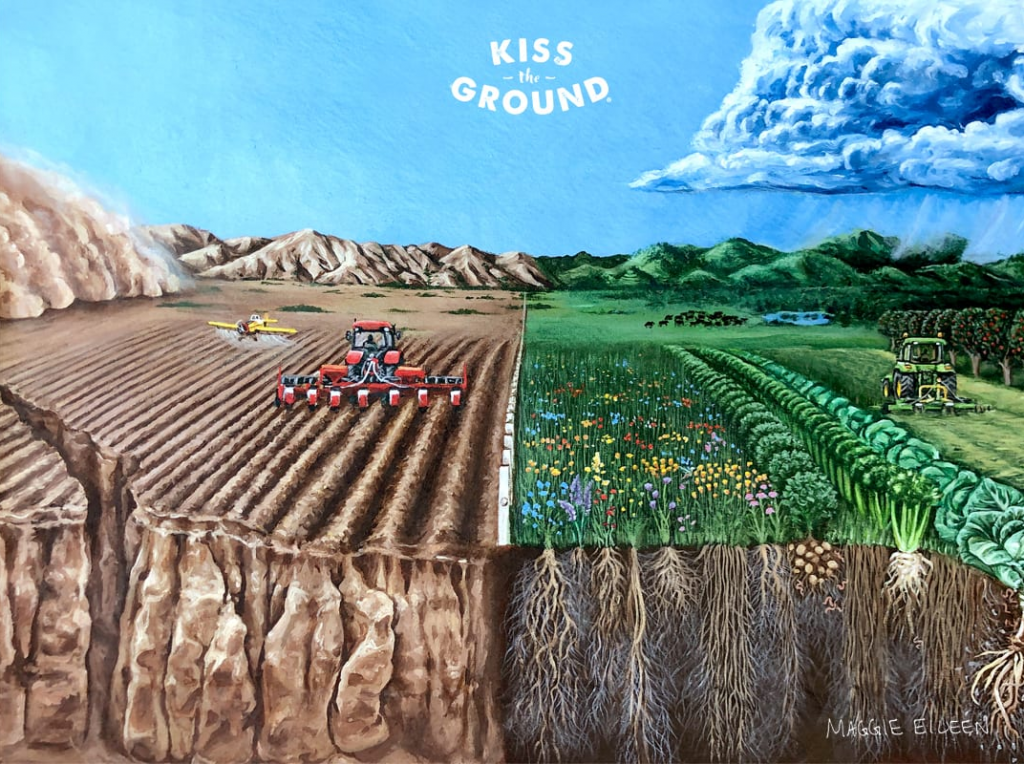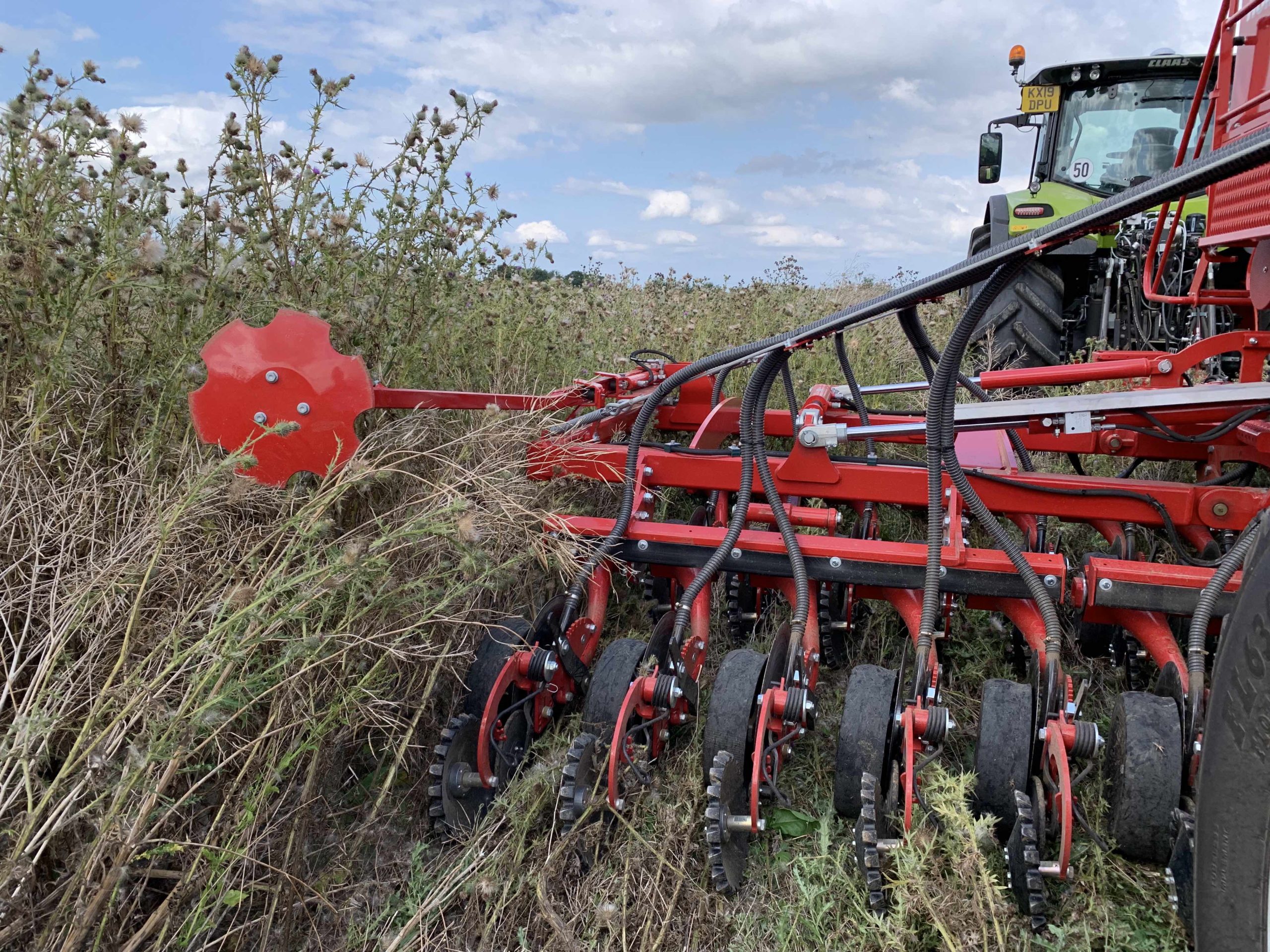Regenerative Agriculture
Regenerative Agriculture is a system of farming principles and practices that increases biodiversity, enriches soils, improves watersheds, and enhances ecosystem services. Its aim is to capture carbon in the soil and above ground biomass (plants), thus helping to reverse the current global trends of atmospheric accumulation and climate change. The real win win is that at the same time, it helps increase yields, whilst providing resilience to
climate instability.
As the farms soil health improves, input requirements overtime may decrease, and crop yields should increase as the soils are more resilient and will harbour fewer pests and pathogens.
The age of chemical food production is gone. ‘Regenerative organic agriculture is really the future.’
Traditional V’s Regenerative Farming in a Nutshell
Traditional Farming:
A field is mechanically disturbed using a plough or cultivator to mix the soil after a cash crop has been harvested to prepare the field for the next crop of seeds to be planted. The field will be left in this ‘cultivated state’ until the next cash crop will be planted, but at this point the soil will release its stored CO2 up into the atmosphere and here it will stay until it can be brought back down to the soil later in the year via photosynthesis (achieved when a plant starts to grow).
Regenerative Farming:
Prior to harvesting a cash crop a special mix of seeds is spread into the field (known as a cover crop). This cover crop will start to grow in the understory of the cash crop and be starting to mature as the cash crop is harvested. Once harvest has happened, the field is left untouched and the ‘cover crop’ will be left to flourish and as the soil hasn’t been disturbed, the CO2 will remain in the soil and not released into the atmosphere. When it comes to planting a cash crop, we will use a technique call ‘zero-tillage’ and plant our cash crop into the cover crop. This again enables us to plant the crop without disturbing the CO2 stored in the soil.
‘Regenerative organic agriculture is really the future.’
Find Out More About...
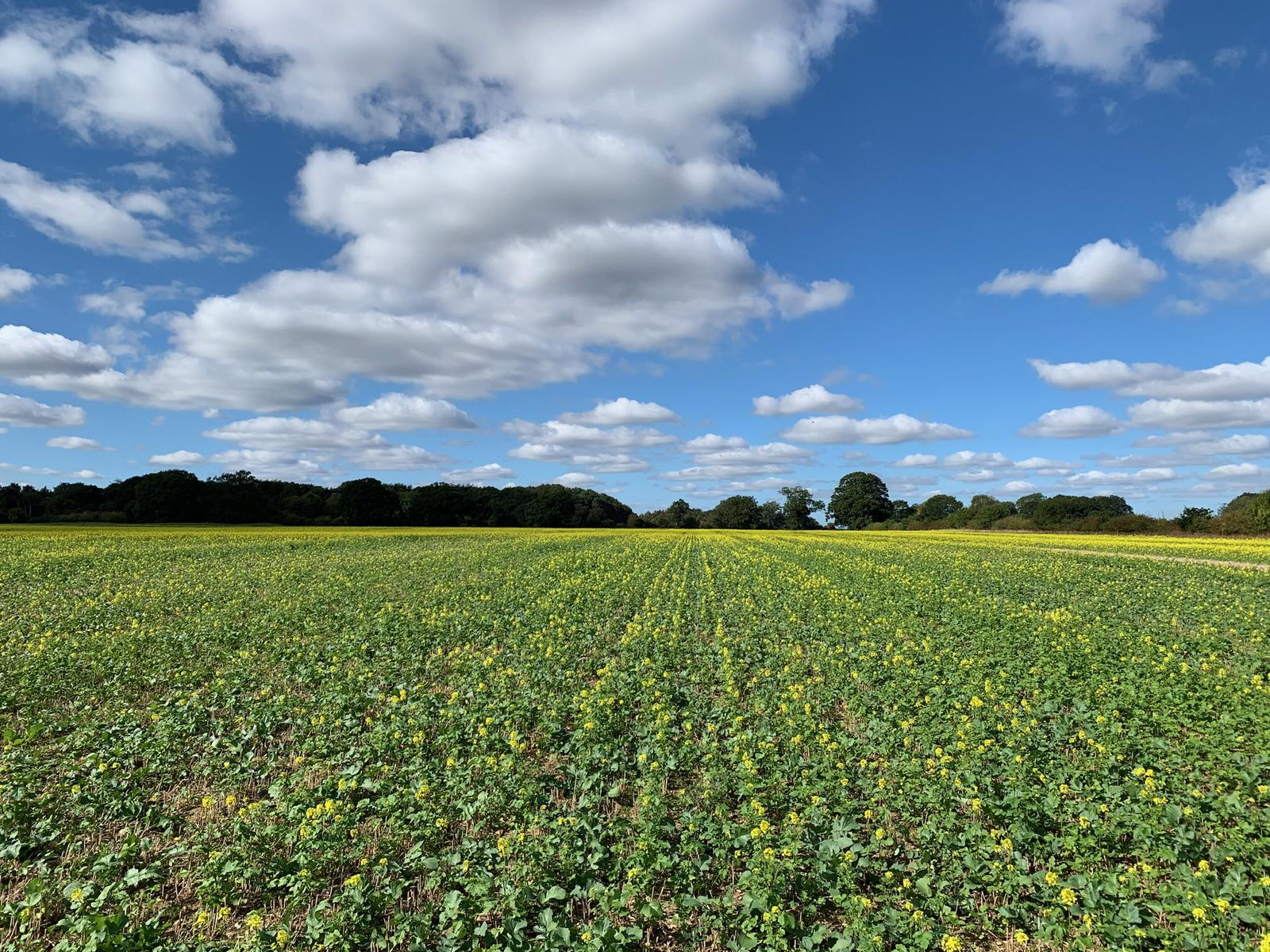
Carbon (Our Friend)
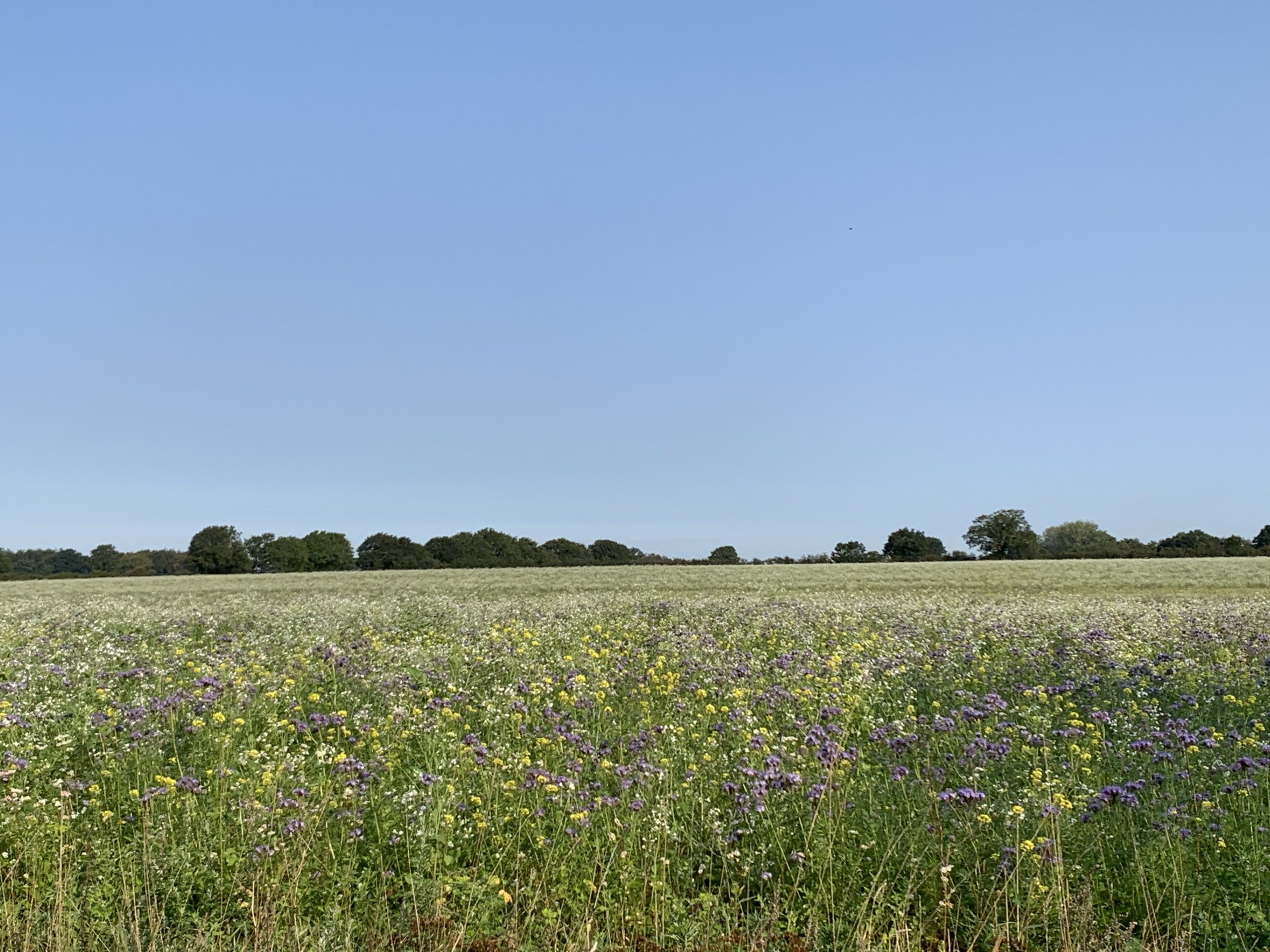
Sustainability
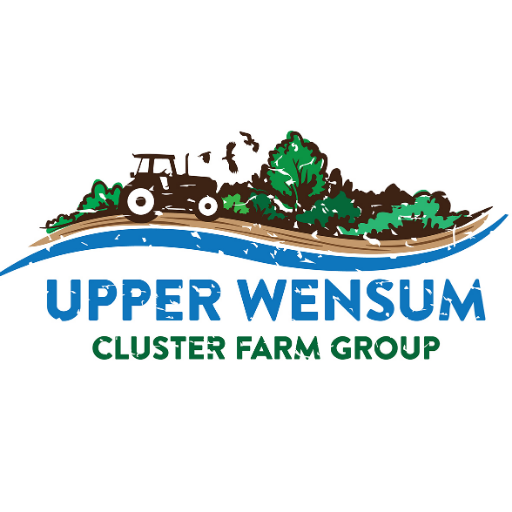
Farm led Groups
